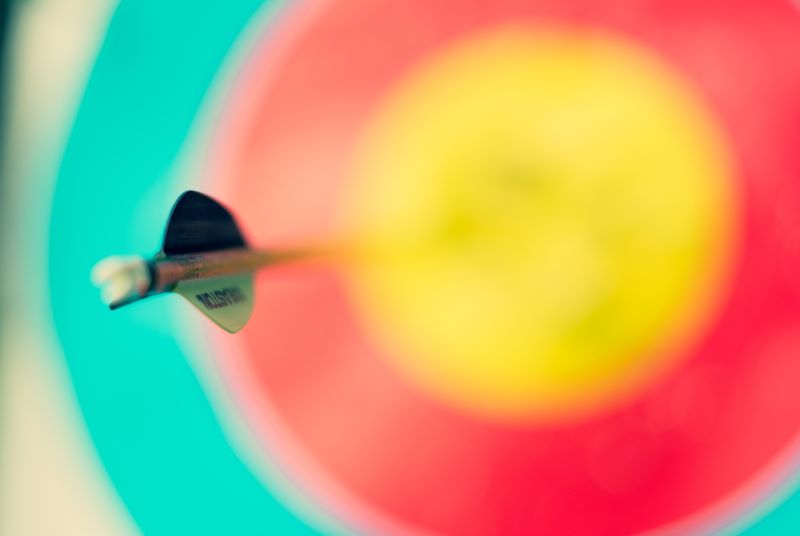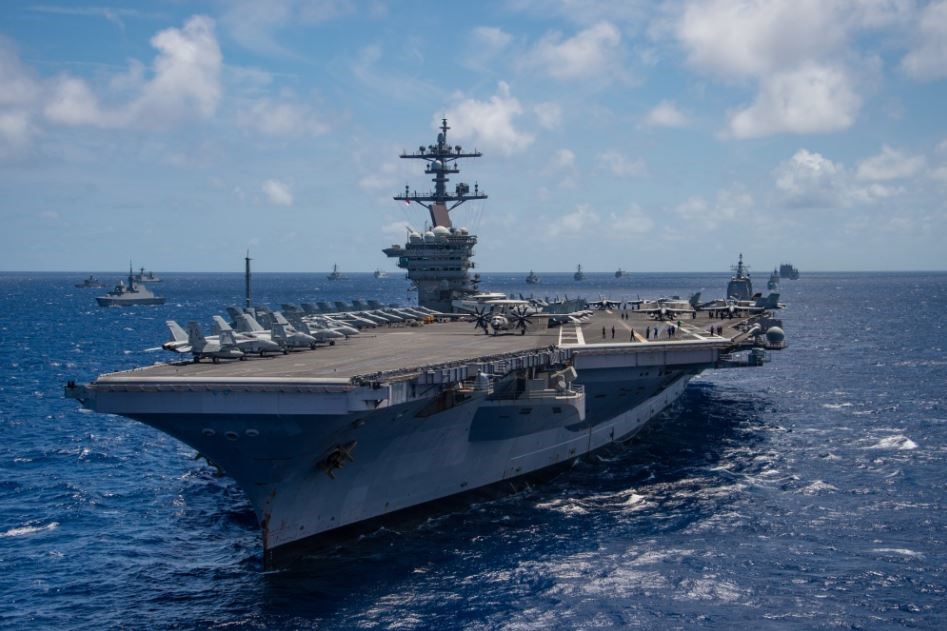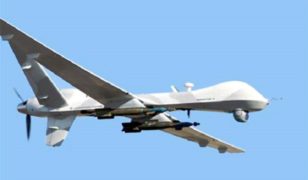Engineers with the Johns Hopkins Applied Physics Laboratory (APL), in Laurel, Maryland, traveled on the USS Carl Vinson this summer to demonstrate light fidelity (Li-Fi), a next-generation secure mobile networking technology for wireless communication between devices using light to transmit data and position, APL announced September 27.
The exercise was a part of Trident Warrior 2018, a large, annual at-sea field experiment in which the Navy identifies warfighting capability gaps and provides innovative solutions in an operational environment. Several organizations, including APL, worked alongside sailors to experiment with a variety of technologies, including warfare systems, cybersecurity capabilities, and network and communication capabilities.
Li-Fi uses common light-emitting diode bulbs to transmit data. It works by switching LEDs on and off at over a million cycles per second — too quick for the human eye to detect, but not for the photodiode unit on the receiving end that decodes these modulations into a signal that is, in turn, decoded like any other signal.
The military has been exploring Li-Fi for secure high data rate communications for facilities, vehicles and submarines.
“The Navy wanted to see what the effects of shock and vibration would have on the wireless link and the equipment,” explained APL communications engineer Ryan Mennecke, who along with APL’s Eddie Holzinger led the Li-Fi experiments. “We designed and manufactured custom mounts to install commercial Li-Fi equipment within the library of the aircraft carrier, which is located underneath catapult three. The test included setting up a standalone network to stream live video and collect test data of the optical link.”
Although the equipment failed during extreme vibration testing at APL, he said, results were better on the ship. “The optical link performed as expected with no loss in [signal-to-noise ratio] or throughput related to the shock and vibration of the catapult system that was launching and retrieving aircraft three feet above the system,” he said. “The system performed flawlessly.”
Source: JHU APL








